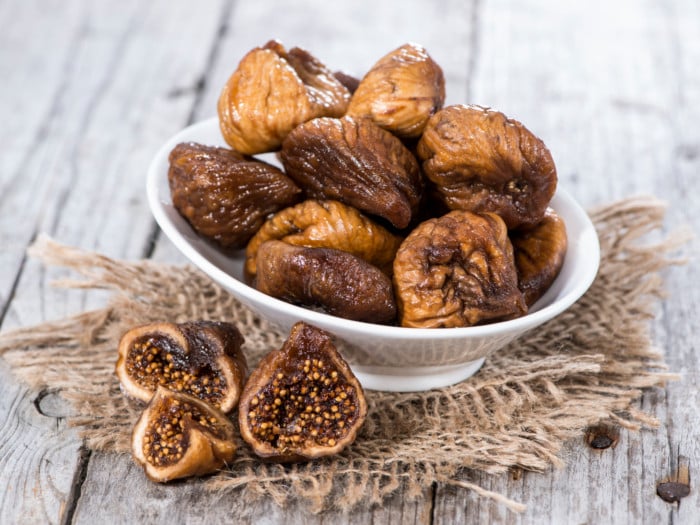Knowing how to dry figs can ensure that you have these sweet fruits available all year long, or at least for more than the week or so after you buy them!
How to Dry Figs?
While eating fresh figs is a very popular way to enjoy this fruit, dried figs are also quite popular, particularly because you can dry them easily at home and prolong the shelf life of these fruits by months. There are also a number of different ways to dry figs, including drying them in the sun or popping them in the oven or a dehydrator. The point of drying figs (or any other fruit) is to remove most of the moisture (between 60-70%), making the food a more concentrated source of nutrients.
Sun-Drying Figs
You will always know when a fig is ripe because it will drop to the ground, signaling that it’s ready to be eaten or dried. Once you gather your figs, wash them thoroughly and then pat them dry, being careful not to bruise the fruits. At that point, carefully slice each of the figs in half, as this will speed up the drying process.

Dried figs are delicious as well as very beneficial for your health. Photo Credit: Shutterstock
Place the fig halves on a wood or wire rack in full sunlight, cut side facing up, being sure to cover the figs with cheesecloth to prevent debris or insects from interfering with the fruit. To properly dry, there should be open airflow both above and below the fruits. [1]
Bring the rack back inside at night, but continue drying them for 2-3 days. Depending on the humidity where you live, this process could take more or less time. Once the figs are completely dried out, you should store them in airtight containers in the refrigerator. If you freeze the dried figs, they can retain their nutritional value and flavor for years!
